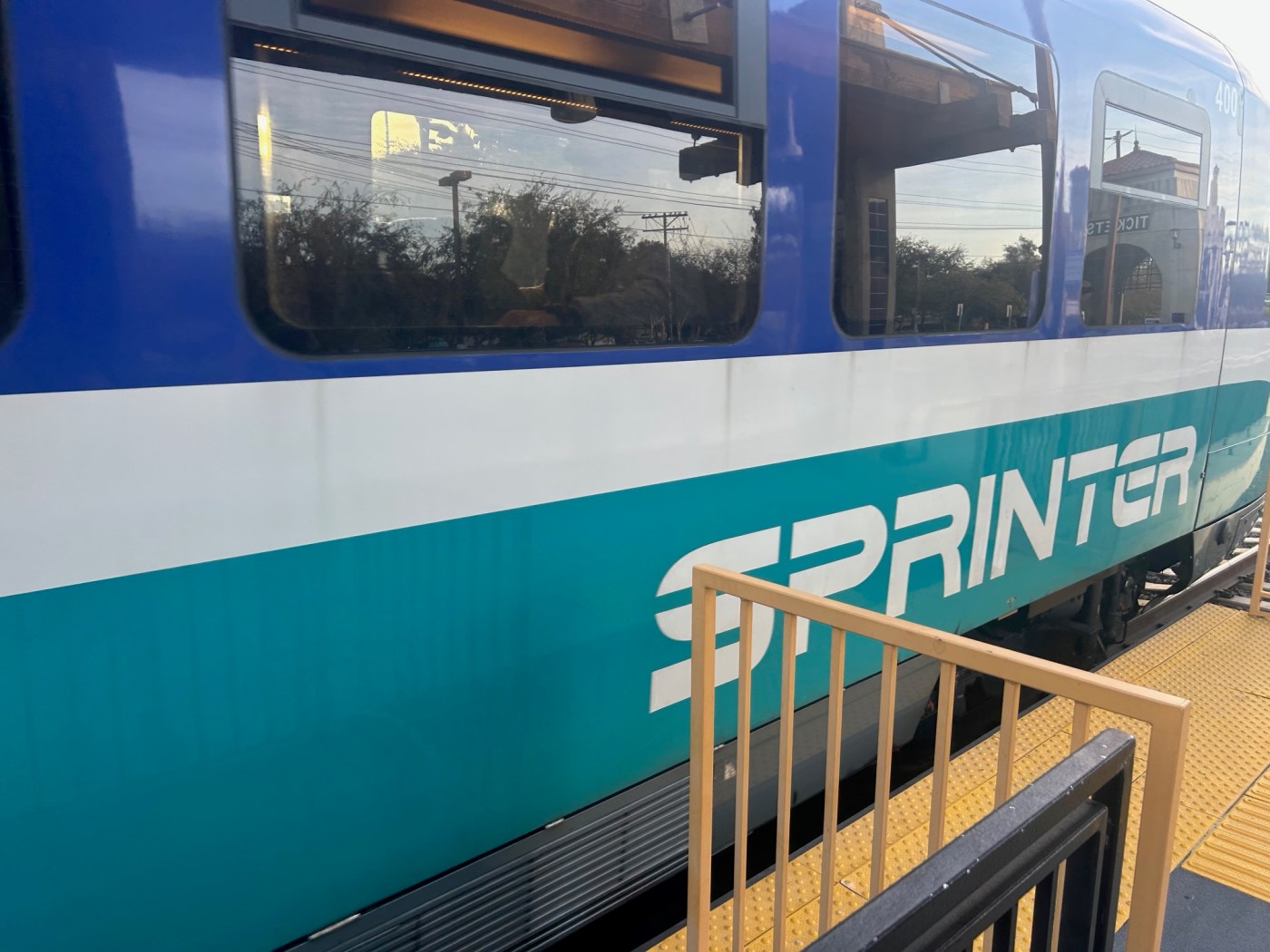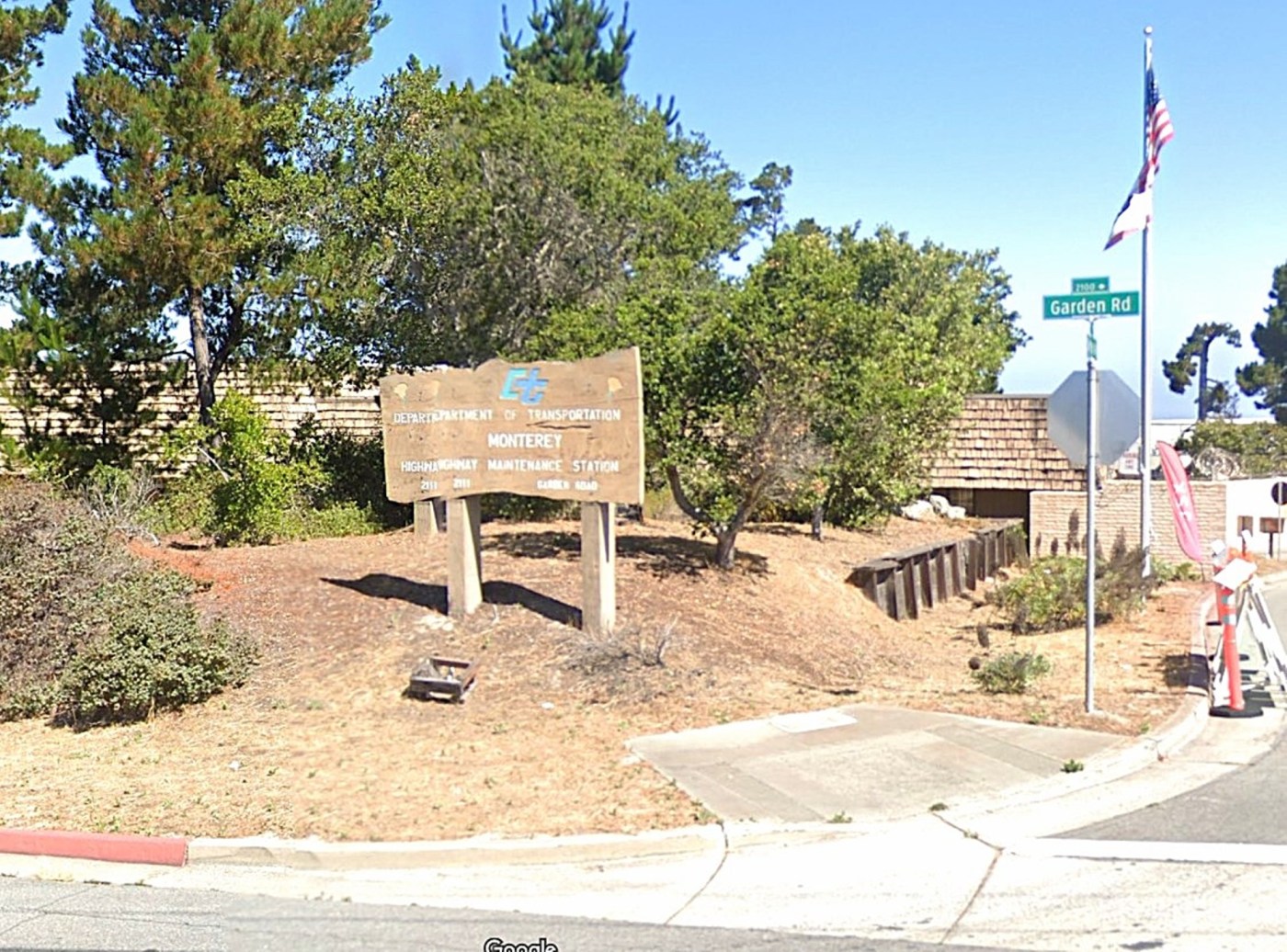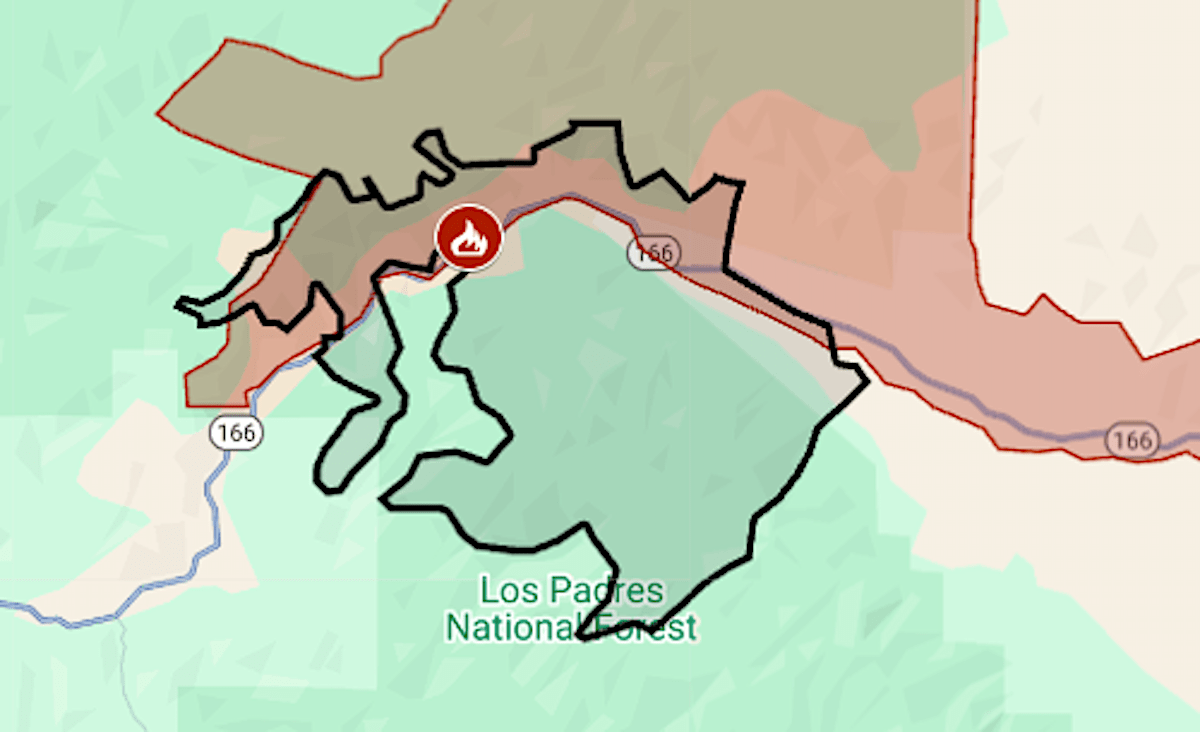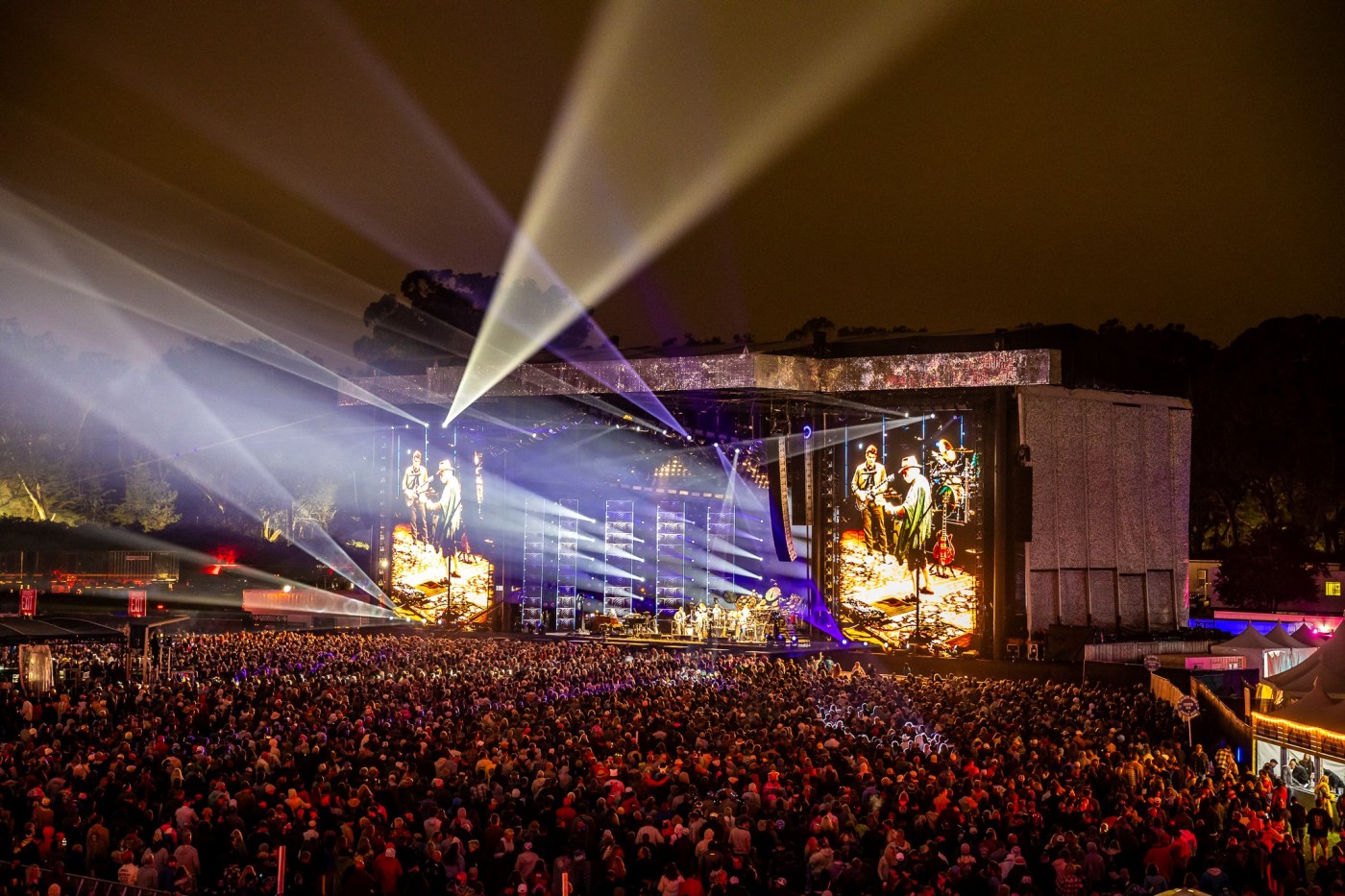As the late afternoon train took me west across San Diego’s North County, winds from the Pacific gained strength, whistling as they hit the front car.
Through large windows, the tracks grew so bright in the setting sun that I had to squint whenever I looked ahead.
Californians with the bad luck to live far from San Diego may never have heard of Sprinter rail. It’s their loss. And not just because of the gentle, picturesque ride it offers on its 22-mile route from Escondido’s mesas to the Oceanside coast.
But rather because Sprinter, operated by the North County Transit District, is a rare source of transportation inspiration during a time of pitch-black pessimism.
California’s 200-plus transit agencies are often said to be in a “death spiral,” suffering from diminished ridership, faltering revenues, service cuts, and public perceptions that their trains and buses are dangerous and dirty.
Sprinter suggests that our transit future might be brighter.
In an ugly world, Sprinter is reliably pleasant. Its two-car trains, painted green and blue and white, are striking on the outside and clean on the inside (by the standards of your columnist, a frequent rider of L.A.’s filthy Metro trains).
More important, Sprinter has proved itself to be viable public transportation model for a state growing more strongly far from big city centers. Since Sprinter opened in 2008, it’s inspired considerable transit-oriented development around its 15 stations.
Expansion plans are responsive to the growth of Sprinter’s ridership — up 8% last year, to 1.8 million annual boardings. And future plans include building double tracks to allow trains to run every 15 minutes instead of every half-hour.
Indeed, the biggest threat to Sprinter is that its diesel trains are worn down from so much use that they need to be replaced ahead of schedule, at an estimated cost of $350 million.
Fortunately, North County — the stretch of San Diego County from Carmel Valley to the Orange County border — has the people and prosperity to support Sprinter.
North County encompasses nine municipalities and other unincorporated communities. But with 1.22 million people, North County feels like a second, sprawling San Diego; the city of San Diego has a population of 1.4 million.
Capable of connecting people and places far from a single hub, Sprinter may represent the future of rail transit for an increasingly decentralized California.
Around California, subway systems that bring people into and out of a city center — like BART or L.A.’s Metro rail — are still struggling, as people continue to work from home. But commuter rail, connecting suburbs to exurbs, is flourishing.
In the North Bay counties of Sonoma and Marin, the SMART train surpassed pre-pandemic numbers back in 2023 and has been adding riders and service. On the Bay Area peninsula, Caltrain, the state’s oldest continuously operated railroad, is hotter than any startup, with a 41% increase in ridership since launching electric trains last fall.
The North County Transit District also operates the Coaster commuter rail, which goes from Oceanside into downtown San Diego. But Sprinter’s ridership is twice that of the Coaster because it connects so many different destinations.
I experienced this firsthand. From Riverside, I took a shuttle bus service to the Sprinter’s eastern terminus at Escondido. If I had been coming from the south, I could have taken a San Diego MTS Express bus to the train.
Related Articles
Mahan, Liccardo lend support as Waymo applies to bring robotaxis to San Jose
License to Kill: How the California DMV allows dangerous drivers to stay on the road
Hackers replace Bay Area crosswalk audio with fake Zuckerberg and Musk messages
Me & My Car: ’56 Ford pickup in Hayward exemplifies F-Series generation
Antioch council approves money for improvements to Amtrak station
Riders, filling every seat, a mix of workers and students doing their homework. Sprinter stops at Palomar College and California State University San Marcos. New housing was visible throughout the route. Each train stop was close to BREEZE, North County’s bus service.
At the end of the 53-minute ride at Oceanside Transit Center, I enjoyed sea views and many transportation connections: Coaster, BREEZE, Metrolink to L.A., Riverside Transit Buses, or Amtrak.
After considering my options, I happily boarded Sprinter to return to Escondido.
Joe Mathews writes the Connecting California column for Zócalo Public Square.





